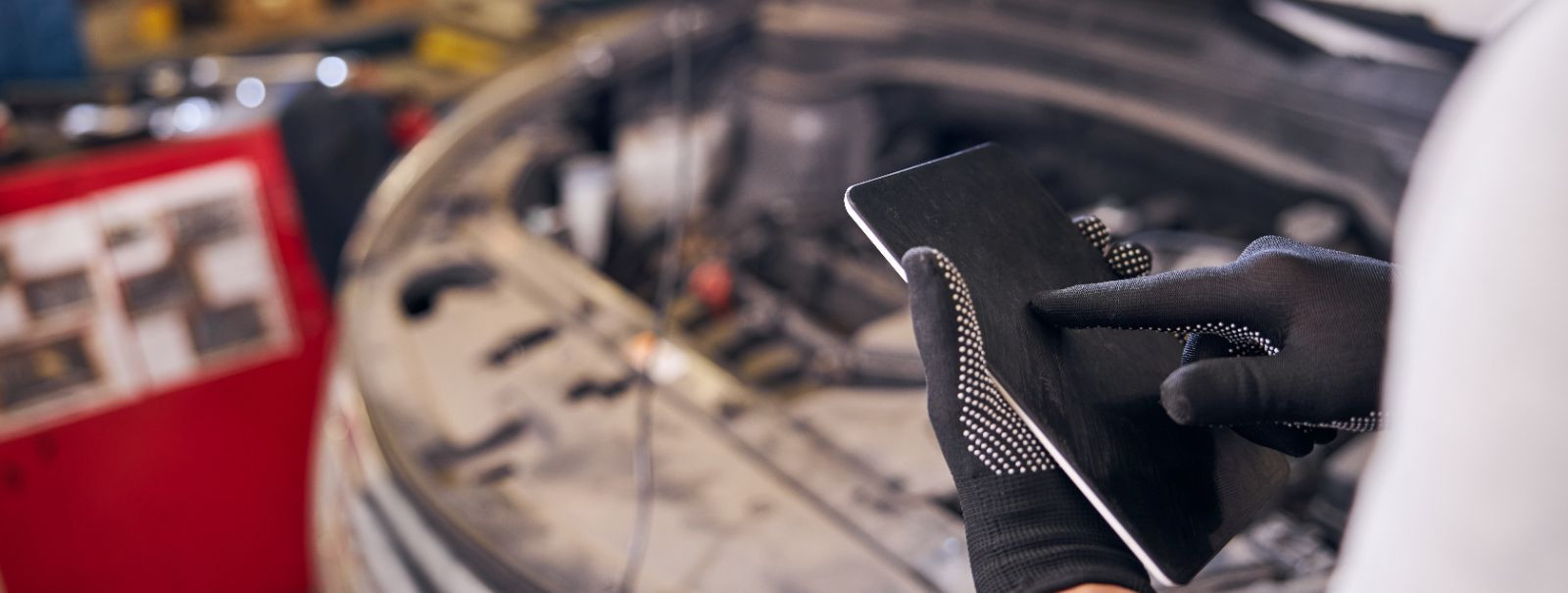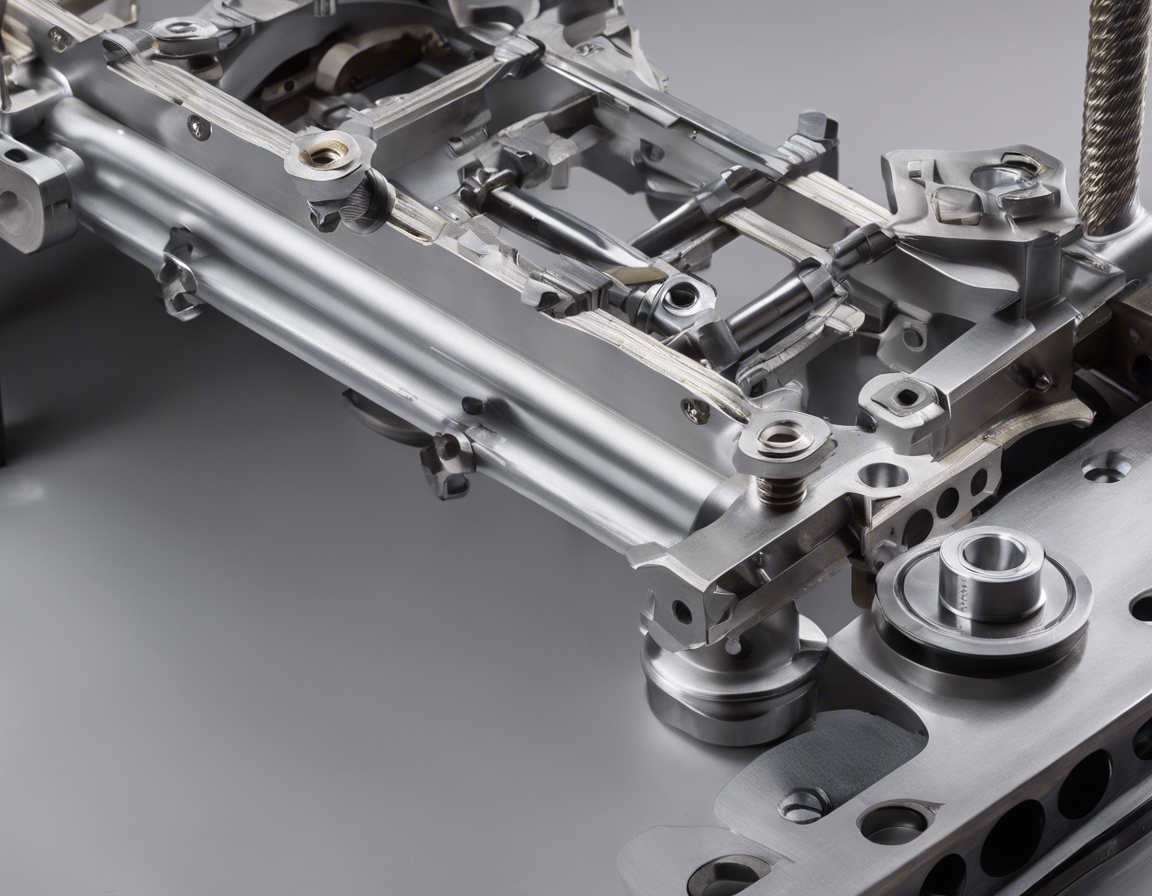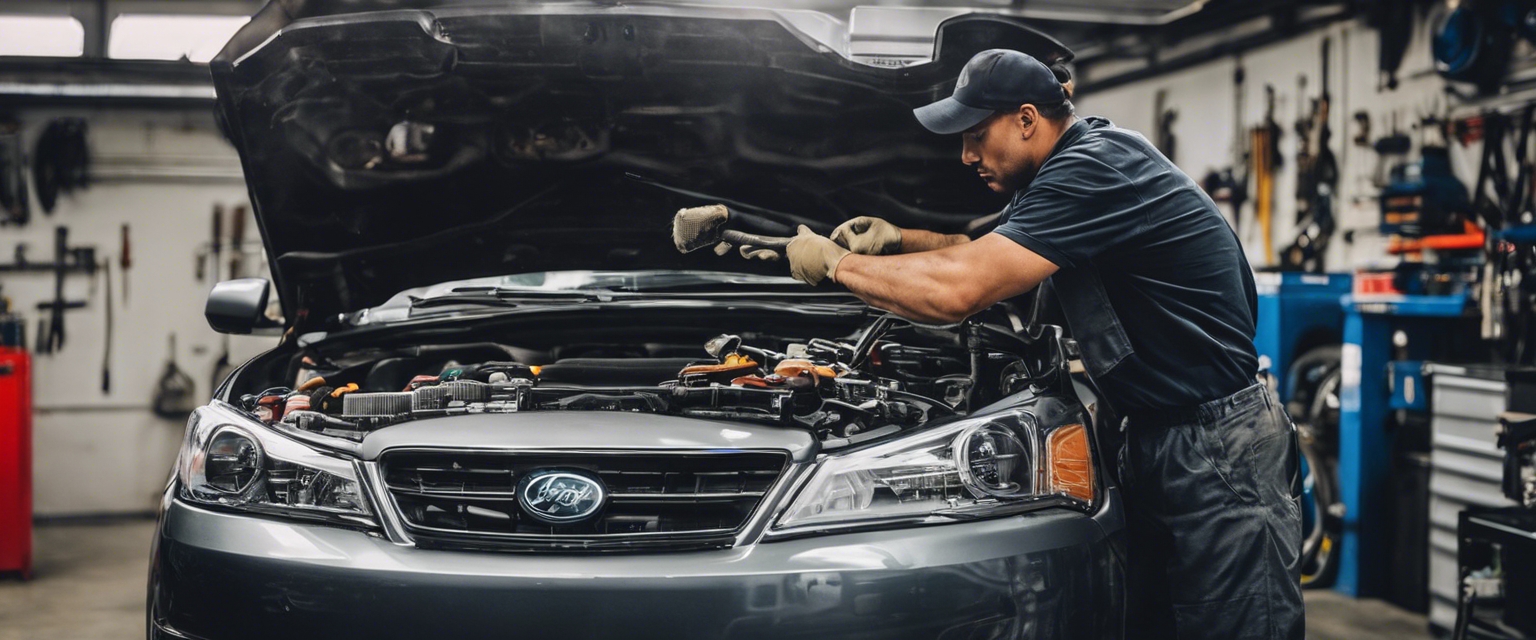The ultimate guide to preserving your car's bodywork
For many vehicle owners, a car is more than just a means of transportation; it's a significant investment and a source of pride. Preserving the bodywork of your car is crucial not only for maintaining its aesthetic appeal but also for ensuring its longevity and resale value. In this guide, we'll explore the essential steps and strategies to keep your car's exterior in pristine condition.
Maintaining your car's bodywork is vital for several reasons. It prevents long-term damage, such as rust and corrosion, which can compromise the structural integrity of your vehicle. A well-maintained car also commands a higher resale value and reflects positively on the owner's attention to detail and care.
Various environmental factors can damage your car's bodywork. These include UV rays, bird droppings, tree sap, road salt, and industrial pollutants. Regular exposure to these elements without proper care can lead to fading, discoloration, and deterioration of the paint and finish.
Regular Maintenance: The First Line of Defense
Regular washing is the most basic yet essential aspect of car bodywork maintenance. It's important to use the right techniques and products to avoid scratching or damaging the paint. Utilize a gentle automotive soap, microfiber cloths, and a separate bucket for wheels and tires to prevent cross-contamination.
Waxing your car provides a protective layer that repels water, dirt, and other contaminants. It also gives your vehicle a glossy finish and helps protect the paint from UV rays. Waxing should be done every three to four months, depending on the climate and your car's exposure to the elements.
Ignoring scratches and dents can lead to rust and further damage. Address these imperfections quickly by using scratch repair kits or seeking professional help for larger issues. Prompt attention to these problems will prevent them from worsening and affecting larger areas of the bodywork.
Protective Measures to Keep Your Car Looking New
Paint protection films are clear, durable layers that can be applied to the most vulnerable parts of your car's exterior. They provide excellent defense against scratches, chips, and stains, and are especially useful for high-impact areas like the front bumper, hood, and side mirrors.
Ceramic coatings offer a long-lasting, hydrophobic surface that is resistant to chemicals, heat, and UV rays. While more expensive than traditional waxes, ceramic coatings provide superior protection and can last for several years with proper maintenance.
When parking outdoors for extended periods, a high-quality car cover can safeguard your vehicle from the elements. Look for breathable, weather-resistant covers that fit your car snugly to prevent moisture buildup and paint abrasion.
Professional Services: Enhancing and Preserving Bodywork
Professional detailing services go beyond standard cleaning, offering deep cleaning, paint polishing, and protective coatings. Regular detailing can keep your car looking showroom fresh and can identify potential issues before they become major problems.
Paint correction is a process that removes imperfections in the car's finish, such as swirl marks, scratches, and oxidation. This technique requires professional expertise and equipment to restore the paint to its original luster without causing additional damage.
Rust is a car's nemesis, and once it takes hold, it can be challenging to stop. At the first sign of rust, it's crucial to seek professional treatment. Specialists can remove rust spots, treat the area to prevent further corrosion, and match the paint to your car's original color.
Advanced Tips and Tricks
If you need to store your vehicle for an extended period, do so in a cool, dry place and use a high-quality car cover. Keep the tires inflated to the recommended pressure and consider using a fuel stabilizer if the car will be stationary for more than a month.
Each season brings its own set of challenges for car bodywork. In winter, ensure that your car is protected from road salt and freezing temperatures. During summer, park in the shade whenever possible and apply a UV protectant to the exterior. Spring and fall are ideal times for thorough detailing and preparation for the extreme seasons.
When replacing parts or adding accessories, opt for high-quality products that won't compromise your car's bodywork. Cheap materials can deteriorate quickly and may not provide the protection or fit that your vehicle deserves.






Comments (0)